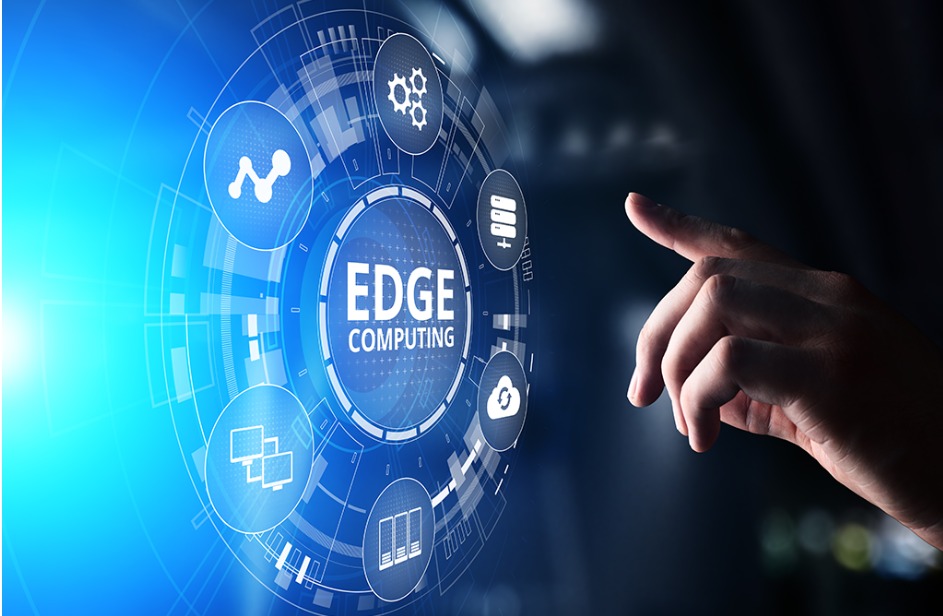Edge Computing: The Future of Fast and Smart Data Processing
In today’s hyper-connected world, where data is generated at breakneck speeds, traditional cloud computing is being stretched to its limits. Enter Edge Computing — a game-changing technology that’s revolutionizing the way we process and manage data.
What is Edge Computing?
Edge computing refers to the practice of processing data near the source of data generation (the "edge" of the network) rather than relying solely on a centralized data center or cloud. This means that devices like sensors, smartphones, IoT gadgets, and even vehicles can analyze and react to data locally — without needing to send it all the way to a distant cloud.
In simple terms, instead of sending data to the cloud for processing and waiting for a response, edge computing allows that processing to happen right where the data is created. It’s faster, more efficient, and often more secure.
Why Edge Computing Matters
As devices become smarter and more connected, the demand for real-time data processing grows. Edge computing offers several key benefits:
1. Reduced Latency
Time is critical in applications like autonomous vehicles, healthcare devices, and industrial automation. With edge computing, decisions can be made in milliseconds, without the delay caused by cloud round trips.
2. Bandwidth Efficiency
By processing data locally, only the most critical information is sent to the cloud, reducing overall data traffic and optimizing bandwidth usage.
3. Improved Security and Privacy
Sensitive data can be processed closer to the source, minimizing the risk of interception during transmission and enhancing data privacy.
4. Scalability
With edge devices handling much of the computing workload, systems can scale more easily without overloading central servers.
Use Cases of Edge Computing
Edge computing is already transforming a wide range of industries:
-
Healthcare: Real-time monitoring and response in wearable medical devices.
-
Manufacturing: Smart factories use edge devices for predictive maintenance and real-time process optimization.
-
Retail: In-store analytics and personalized customer experiences based on real-time data.
-
Autonomous Vehicles: Processing sensor data on the spot to make split-second driving decisions.
-
Smart Cities: Managing traffic flow, street lighting, and public safety through localized edge systems.
Edge vs. Cloud: Complementary, Not Competitive
While edge computing offers many advantages, it's not a replacement for the cloud. Instead, they work hand-in-hand. Edge computing handles time-sensitive data locally, while cloud computing deals with long-term storage, historical analysis, and large-scale data aggregation.
This hybrid approach — often called Fog Computing — allows organizations to get the best of both worlds: speed and scale.
The Future of Edge Computing
As 5G networks roll out and IoT adoption explodes, edge computing is poised to become even more central to digital transformation strategies. Analysts predict that by 2025, a significant portion of enterprise-generated data will be created and processed outside traditional data centers or clouds.
Businesses that embrace edge computing will gain a competitive edge — pun intended — through improved agility, faster insights, and enhanced user experiences.

